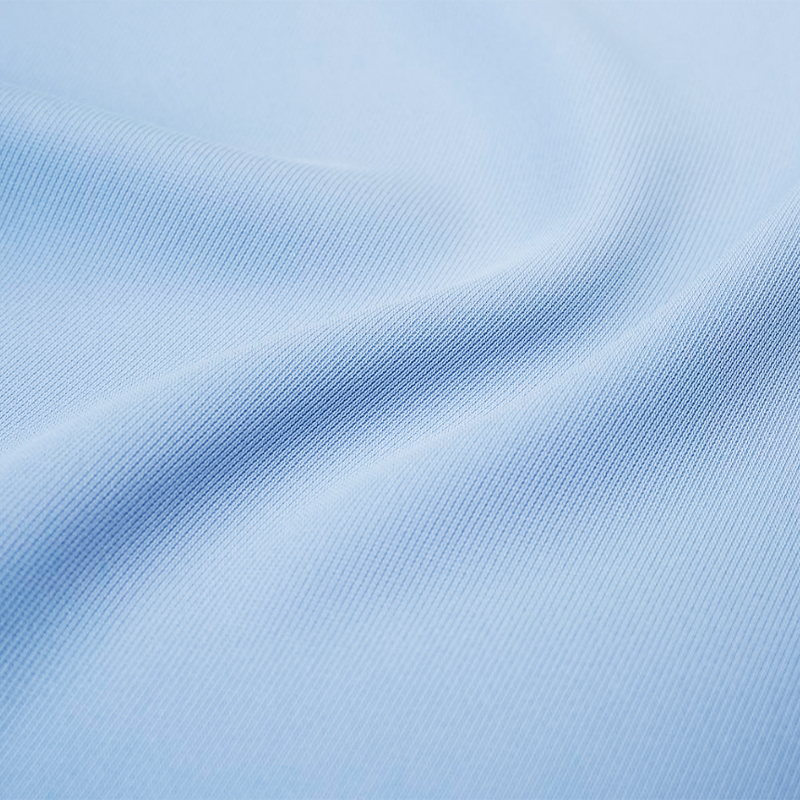The temperature control during the colorfixing treatment of SPH clothing fabric can have a significant effect on the colorfastness of the fabric. The temperature at which the fixation process occurs influences how well the dye molecules bond with the fabric fibers and, consequently, how resistant the colors are to fading or bleeding. Here's how temperature control impacts colorfastness:
1. Optimal Fixation Temperature:
The fixation process usually occurs at an optimal temperature range determined by the type of dye and fabric. This temperature is carefully chosen to ensure that the chemical reaction between the dye molecules and the fabric fibers is efficient and effective. In many cases, heat is applied to facilitate this reaction.
2. Increased Bonding at Higher Temperatures:
Higher fixation temperatures often promote stronger bonding between the dye molecules and the fabric fibers. This results in better colorfastness, as the dye molecules are securely anchored to the fabric.
3. Shorter Processing Time:
Higher temperatures can reduce the required processing time for fixation. This efficiency can be beneficial in industrial settings where quick production turnaround is essential.
4. Enhanced Vibrancy and Uniformity:
Adequate temperature control ensures that the dyes are evenly and thoroughly fixed throughout the fabric, contributing to vibrant and uniform coloration.

5. Potential Risk of Overprocessing:
While higher temperatures are generally beneficial for colorfastness, there is a risk of overprocessing. If the temperature is too high or the fabric is exposed to heat for too long, it can result in damage to the fabric or a change in color. This risk should be carefully managed to prevent undesirable outcomes.
6. Cold Fixation for Certain Dyes:
Some dyes, particularly reactive dyes used for cotton and cellulosic fibers, require fixation at relatively lower temperatures to achieve optimal results. Cold fixation processes are used for these dyes to minimize the risk of fabric damage.
The temperature control of the colorfixing treatment is a critical factor in determining the colorfastness of SPH clothing fabric. The optimal temperature range for fixation varies based on the specific dye and fabric type used. Proper temperature control ensures that the dye molecules securely bond with the fabric fibers, resulting in improved colorfastness and vibrant, longlasting colors. However, it's important to avoid excessive heat or extended exposure to high temperatures, which can lead to overprocessing and potential damage to the fabric.




.png?imageView2/2/format/jp2)

_.jpg?imageView2/2/format/jp2)


.jpg?imageView2/2/format/jp2)

